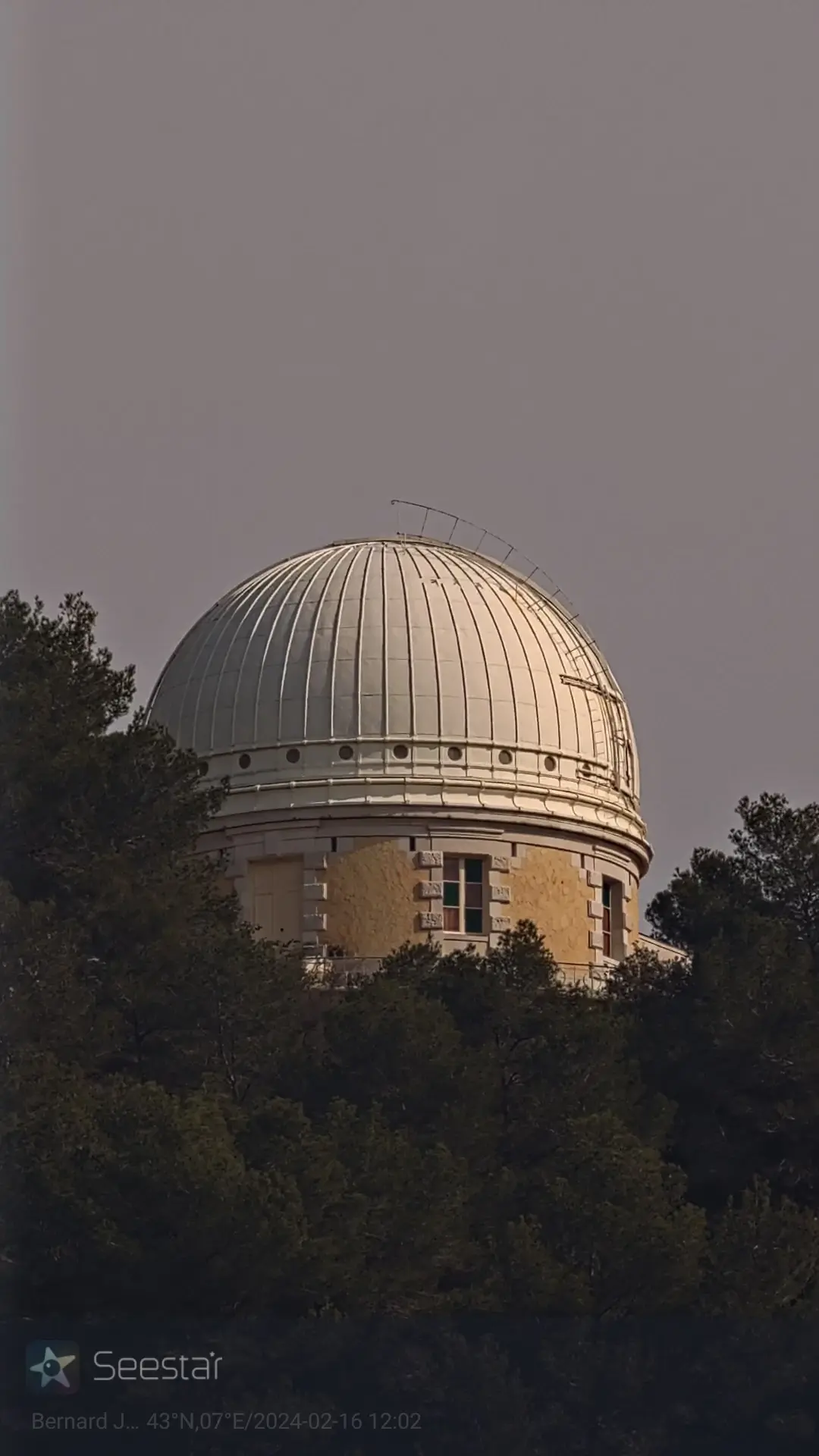Astrophotography
Southern amateur
Just to share my perception of the beauty of the immensity of space
through the passion for astrophotography
Photographs
of the planets
and deep sky

This site is dedicated to astrophotography, but with a very amateur approach in practice.
It's just to share my perception of the beauty of the immensity of space through the passion of astrophotography
Indeed, although the approach is made as seriously as possible, knowing where and when to look at the sky to observe it,
the resources devoted to it are absolutely unprofessional.
The different themes covered on the “Astro Amateur du Sud” site are my observations, whether lunar, solar, planetary or deep sky, a presentation of the equipment used, such as the Celestron 127SLT, the Nikon P1000 and the Seestar S50 among others, the social networks on which you can find Astro amateur du Sud, as well as our two other sites, and finally the sale of photos, notably on Adobe Stock.
Many of us like to look up at a beach after dark in the summer.
This allows you to appreciate slightly cooler temperatures, a beautiful landscape, a starry sky and discover the Milky Way.
On a full moon evening, it is not uncommon for many people to admire this magnificent star which appears close.
The sun also can attract curiosity, especially during eclipses.
But without dedicated optics, it is difficult, if not impossible, to see, and even more so to observe, certain planets or the deep sky.
In astronomy, the deep sky refers to all celestial objects other than those of the solar system.
These objects are usually very distant and/or very small, which is why they are not visible to the naked eye.
The most common deep sky objects are galaxies, star clusters and nebulae.
Galaxies are clusters of stars, gas and dust that may contain billions of stars.
Star clusters are groups of stars that are gravitationally bound.
Nebulae are regions of space where stars and planets form.
Here are some examples of deep sky objects:
Galaxies: the Milky Way, the Andromeda Galaxy, the Triangle Galaxy
Stellar clusters: the Pleiades cluster, the Crab cluster, the Hercules cluster
Nebulae: the Orion Nebula, the Crab Nebula, the Lagoon Nebula
You will like to look in the sky for the M42 or M51, which are superb and are part of
objects from the Messier catalog.
Deep sky observation is an exciting activity that allows you to discover the beauty and diversity of the universe.
With a telescope or binoculars, it is possible to observe many deep sky objects, some of which are breathtakingly beautiful.
Here are some tips for observing the deep sky:
Choose a clear, moonless night.
Stay away from artificial light sources.
Learn to recognize the constellations.
Use a planetarium or astronomical app to help you find the objects you want to observe.
A page dedicated to observation is available by clicking on this link:
Comments
For my part, I started observing the sky... with my eyes.
Sometimes a pair of binoculars, but quickly I took my camera to freeze the moment.
What could be more beautiful than simply a sunrise or a sun, a super moon or a Milky Way.
Seeing a starry sky during a mountain bivouac gives the impression that they have taken supercharged drinks
with a larger size than when observed in an urban environment.
This makes you want to study a map of the constellations, find your way in the sky, look for the North Star.
Look for Jupiter or Saturn.
Afterwards, you set up your tripod and take photos of the starry sky by calculating the exposure time, the ISO, etc.
With the results helping, we do the same with the Milky Way overlooking a building, a tree or reflected in the sea.
Then, we try tracking systems to improve the exposure time and have better definition of the images.
We come almost naturally to the astronomical telescope and/or telescope.
For my part, I started in this field with a Celestron 127 SLT with wifi and GPS.
But over time, I said to myself, and this is a purely personal opinion, that the system was not very efficient, heavy,
and not very mobile because you necessarily need a means of transport adapted to the size.
In addition, this configuration is expensive compared to other astrophotography solutions, because in addition to an observation system,
To do astrophotography, you need either a suitable camera or a camera with a T2 adapter.
Currently, thanks to the ingenuity of French companies, Cocorico!,
the “All in One” connected telescope system has been developed.
Small in size, sometimes the size of a cereal box, like the Smart Dwarf II, these connected telescopes or astronomical glasses given the characteristics.
